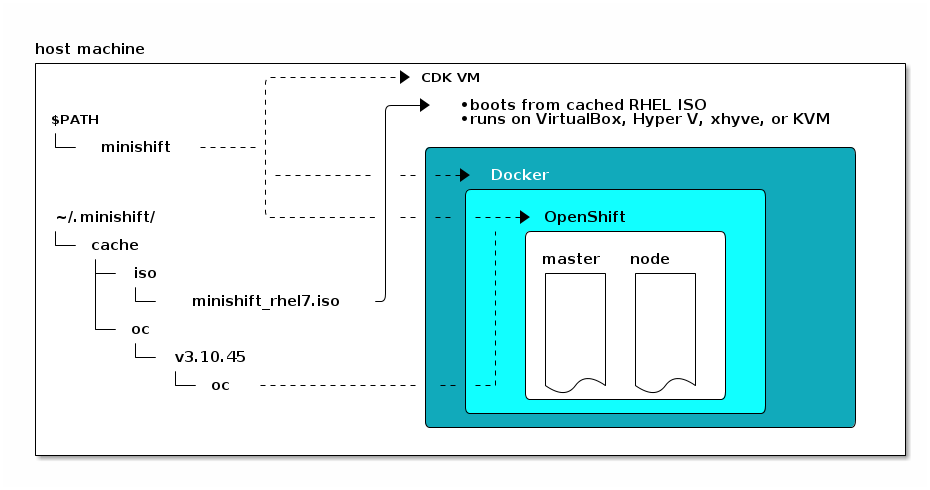
This launches the URL listed above (for example: ) with your default browser. To check that everything is working and view the OpenShift console use the command:

If you are using KVM, make sure you've installed the docker-machine-kvm driver.

Note: By this point you should have your hypervisor configured as per the hypervisor prerequisites in step 1: $ echo export MINISHIFT_USERNAME=$MINISHIFT_USERNAME > ~/.bashrc The following command adds your username to your profile so it will be set on future logins. Optional: Permanently storing the username When a new command shell is started you will need to enter this command again. The following command sets the username in the environment of the running shell.
#CDK DRIVE FOR MAC PASSWORD#
Your password is stored in the system keystore, so after you log in once, the CDK simply retrieves the password from the keystore. Add your Red Hat Developer Program username to your environment to avoid the need to enter it each time you start minishift.
#CDK DRIVE FOR MAC DOWNLOAD#
The VM needs to register with Red Hat to download and build container images. Add your Red Hat Developer Program username to your environment If you delete ~/.minishift, you will need to run this step again. Note: If you would like to use a different directory see Environment Variables in the CDK Getting Started Guide. Setting up CDK 3 on host using '/home/user/.minishift' as Minishift's home directoryĬopying minishift-rhel7.iso to '/home/user/.minishift/cache/iso/minishift-rhel7.iso'Ĭopying oc to '/home/user/.minishift/cache/oc/v3.11.43/linux/oc'Ĭreating configuration file '/home/user/.minishift/config/config.json'Ĭreating marker file '/home/user/.minishift/cdk'ĭefault add-ons anyuid, admin-user, xpaas, registry-route, che, htpasswd-identity-provider, eap-cd installedĭefault add-ons anyuid, admin-user, xpaas enabled By default, minishift setup-cdk places CDK content in ~/.minishift.

Run minishift setup-cdk to setup the components needed to run CDK on your system. All of the commands in this section should be run under your normal, non-root user ID.


 0 kommentar(er)
0 kommentar(er)
